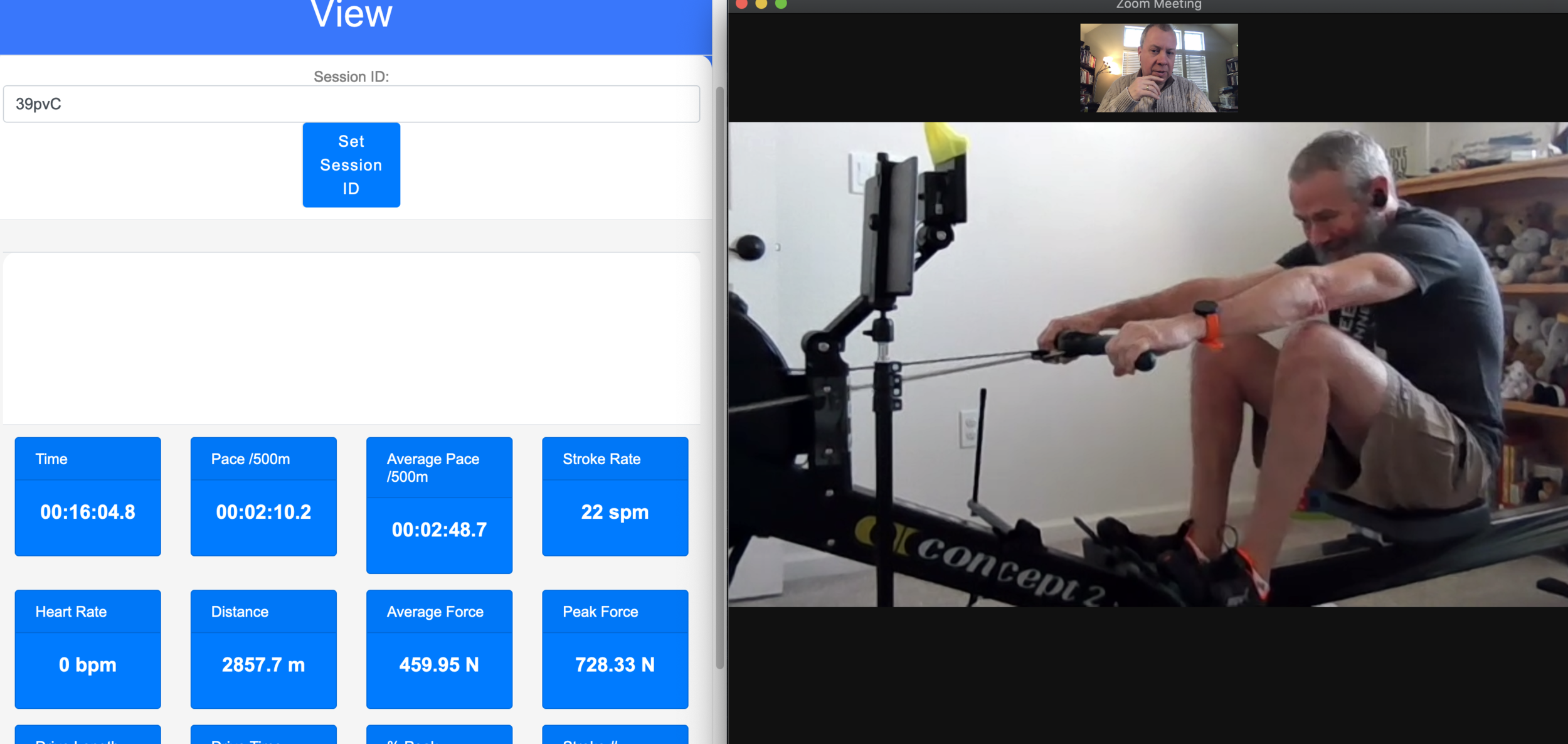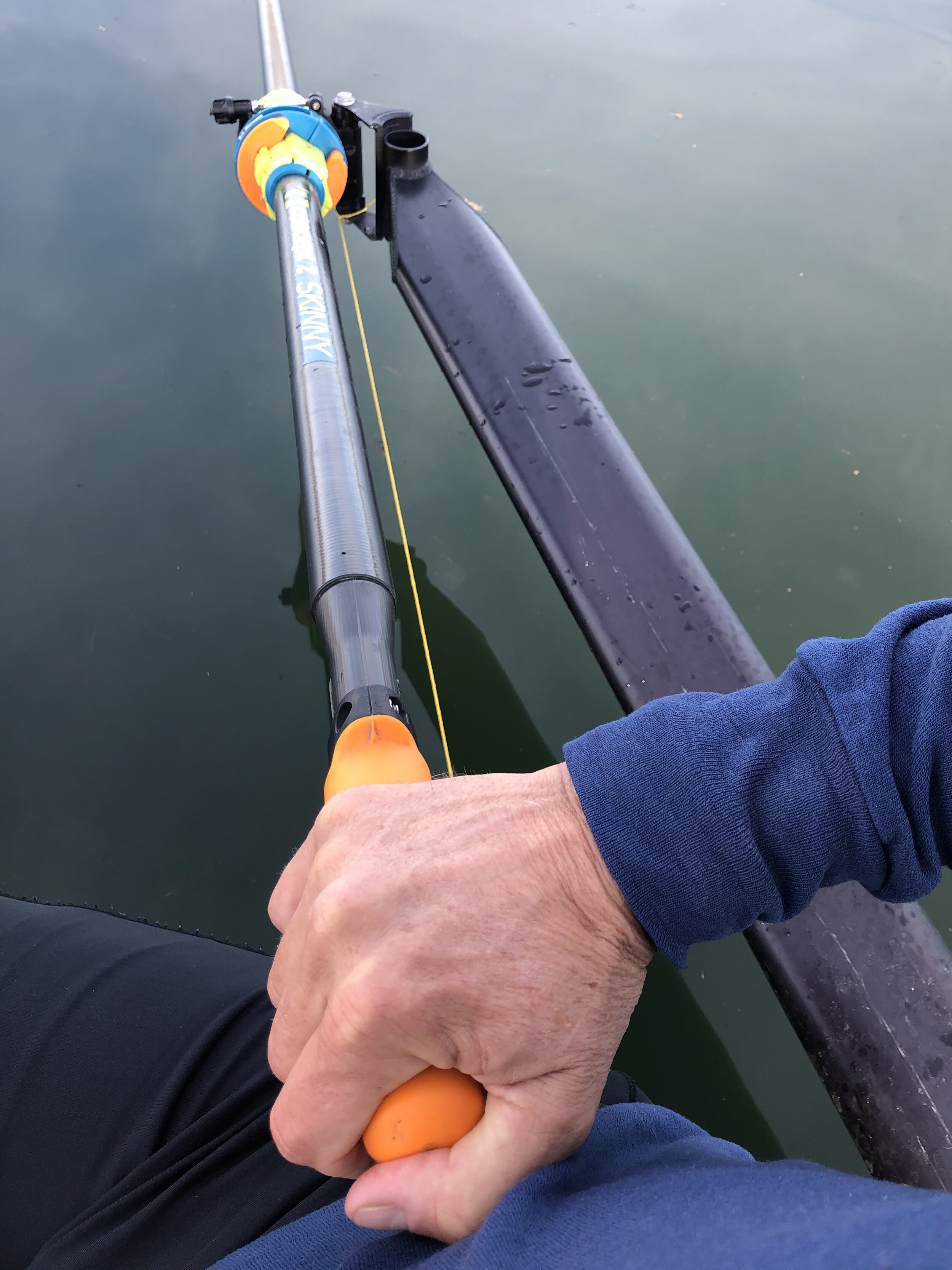How to Use Isometrics to Improve Rowing Performance
John Thornell
by Joe DeLeo, Head Strength & Conditioning Coach for the Portuguese Rowing Federation, owner of LEO Training, and co-founder of Science of Rowing
If you’ve read our earlier posts about isometrics Can Isomeric Training Improve Rowing Technique? and Isometrics Help Rowers Apply Strength, Improve Performance, you might be wondering how to implement these exercises to get the rowing-specific strength and skill benefits that isometric training offers?
In this post, Joe DeLeo, Head Strength & Conditioning Coach for the Portuguese Rowing Federation, owner of LEO Training, and co-founder of Science of Rowing, gives some guidelines that will help you incorporate these effective exercises into your training.
Isometrics have been used for decades both in the realms of performance and rehabilitation. They are an effective method to build absolute strength, improve strength at a specific joint angle and posture, and explosiveness. It is appealing to rowing programs because it requires minimal equipment and can be done in a variety of exercises.
Each athlete/team has specific needs and goals. I’ve used it with one individual to overcome their sticking point in the kettlebell military press (non-rower). I’ve used it with athletes who cannot yet do a full pull up variation. They can hold the bottom position and spend time under the bar getting comfortable and learning the hollow position for 10-20 seconds. They can also perform an isometric above the bar at the lockout position for 8-10 seconds. This allows the athlete to build strength and confidence in this specific skill while training more volume at an easier variation.
After interviewing former physiology and strength consultant to Rowing Canada, Ed McNeely (Strength Standards in Rowing) and reading his research paper, I wanted to implement isometrics with the rowing athletes that I work with, including the Portuguese National Team. We are using isometrics to work on the catch and mid-drive phase both in terms of position, connection, and force transfer.
Coaches and rowers who want to integrate isometrics into their training should adhere to the following training considerations:
Apply force gradually and build it over the duration of the hold to maximum tension
Total duration of the hold should be no more than 5 seconds
Keep the repetitions per set low, no more than five
Rest 15 seconds between repetitions
Rest 2 minutes between sets
Limit the total duration of isometric training to 10 minutes (work +rest), for example:
5 seconds on, 15 seconds rest x 3 = 60 seconds, for Set 1
Rest 2 minutes
5 seconds on, 15 seconds rest x 3 = 60 seconds, for Set 2
Rest 2 minutes…
This can be repeated 3x - 4x in total to fit within the 10-minute window
Begin with three total sets and progress to four sets over several weeks
If possible, use a dynamometer or similar device so athletes can see the increase and build towards maximum force
Finish off with relaxation exercises such as breathing and visualization
Due to the high demand on the nervous system, isometrics should only be used in the off-season and pre-competition phase. One to two sessions a week in conjunction with a well-balanced strength and conditioning program is recommended.
Reference: Verkhoshanky, Y., Siff, M. (2009) Supertraining. Sixth edition. Ultimate Athlete Concepts, USA.










